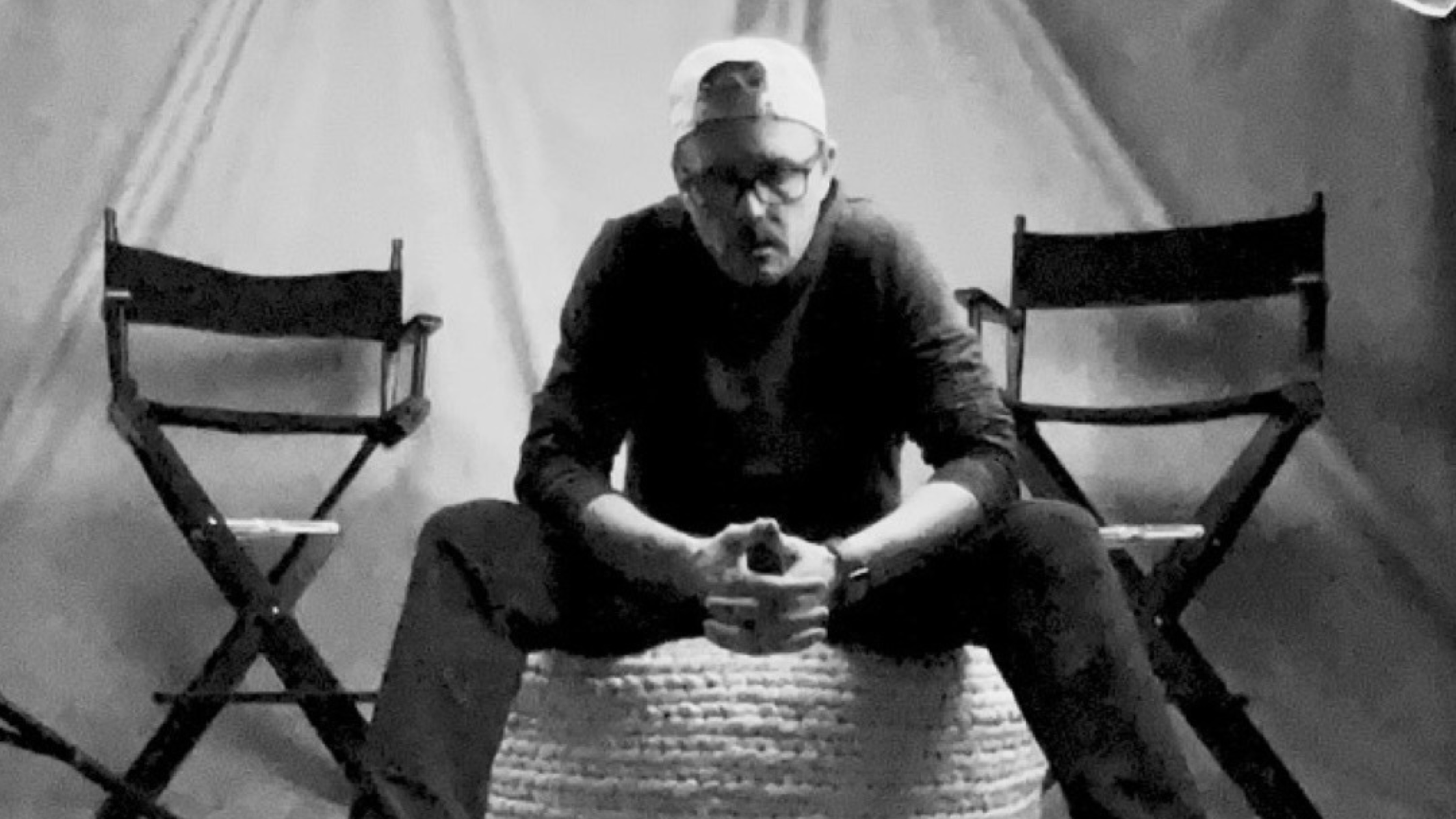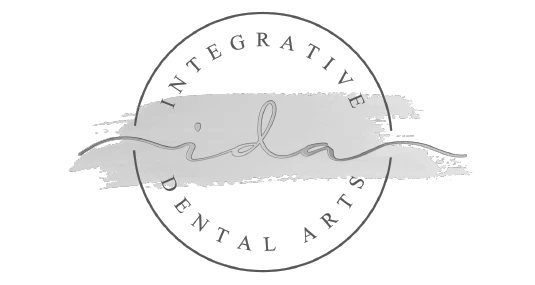Occasionally, I veer off my usual blog format to offer a perspective. This is one of those times. It’s written in more of an opinion piece style than my normal posts. It may not be universally agreed with. Please take what’s useful to you and leave the rest.
Every few years, a new appliance or therapy becomes the industry’s golden child.
The promise is always the same: faster results, simpler protocols, better outcomes.
There’s nothing inherently wrong with that. Tools evolve. Innovation matters.
But somewhere along the way, many clinicians stop asking the most important question:
Does this actually serve the patient sitting in front of me?
Yesterday, I had a conversation with a respected orthodontic thinker. He came at the issue from a clinical lens. I approached it from a marketing one. But we landed on the same ground:
When a doctor’s allegiance shifts from patient outcomes to products or protocols, they’re no longer making clinical decisions in the best interest of patients. They’re following a script.
And that shift – often quiet & well-intentioned – is where things start to break down.
Every appliance, every therapy, every referral relationship is just that: a tool. A means to an end. Not the end itself.
The only goal that really matters is a better patient outcome. Your judgment and experience is what creates that better outcome.
Not the branding on the box.
The Temptation to Outsource Thinking
What I’ve observed over the past 27 years is that the clinicians who thrive over the long haul don’t rush to align themselves with trends or technology. They stay rooted in a patient-first mindset.
They let tools serve outcomes, not define them.
What concerns me is how easily smart, well-intentioned doctors start to shift from discerning to defaulting. From customizing to copying. From asking, “What does this patient truly need?” to “What does the protocol of the month say?”
And it’s not always conscious. It starts subtly. A few strong case studies. A buzzword at a conference. A webinar from someone with a big social following. Before you know it, you’re not critically evaluating a treatment. You’re marketing it.
I’ve seen this happen. Over and over again.
Treatment becomes templated. Doubt replaces clarity. Protocol replaces principle.
And little by little, doctors stop practicing medicine and start selling it.
Why Did You Pick This Job?
In my experience, the most grounded doctors return to a simple, essential question:
What is my role here?
Not as a technician. Not as a content creator. Not as a distributor. As a doctor.
That role demands presence, discernment, and courage. It means doing the thorough diagnosis. Making the hard calls.
Guiding your patient in the direction that aligns with your deepest clinical conviction even if it’s unpopular.
That’s what patients depend on you for. That’s what they pay you for. To cut through the noise. Not to add to it.
And in an environment where everyone seems to be selling something, that quiet clarity is a competitive advantage.
The Real Danger: Forgetting How to Think
I’ve watched some of the most brilliant clinicians in the airway space get swept into systems that blunt their clinical edge.
Not because they lost their skills.
But because they got tired. Tired of explaining their decisions. Tired of swimming against the current. Tired of being the only one in the room asking, “But does this actually serve the patient in front of me?”
That’s the real danger.
Not the appliance. Not the technique. Not the philosophy.
The danger is forgetting how to think.
Patients may not always understand your clinical approach. But they can tell when you’re operating from conviction versus compliance.
They feel it. They trust it. And they respond to it.
Tools Are Just Tools
In my work with doctors across the country, I’ve seen every approach you can imagine: MARPE. DNA. Myofunctional therapy. Tongue-tie release. Expansion. Orthotropics. Combination cases. Collaborative protocols. Surgery.
I have no loyalty to any one tool and the best doctors I know don’t either.
They evaluate every tool through one lens:
Will this help me get to a better patient outcome?
That’s the filter. That’s the standard. That’s the point.
Used well, with the right case and the right intention, these tools can transform lives. Used carelessly or commercially, they can do more harm than good.
The difference isn’t the appliance.
It’s the doctor behind it who is using his or her judgment to create the best possible outcome for the patient.
What Marketing Looks Like When It’s Rooted in Purpose
In my experience, the most respected and sustainably successful practices aren’t built on gimmicks or conversion hacks. They’re built on purpose.
They stand for something. They tell the truth. They show up with coherence not just credentials.
And their visibility grows because people feel that.
Here’s what they tend to have in common:
- Thought leadership: They don’t just post procedures. They share ideas.
- Brand identity: Their values show up in every detail, from intake to follow-up.
- Referral relationships: They attract collaborators who share their purpose.
- Study clubs: They create space for conversation, not just CE credits.
Marketing isn’t about shouting louder. It’s about standing stronger.
FOMO Mom Might Think She Needs a Miracle Appliance But What She Really Wants Is Someone She Can Trust
I think a lot about the wellness-aware, digitally overloaded moms that so many of my clients serve.
She’s up late scrolling. She’s exhausted. She’s been told five different things by five different people.
What she’s really looking for, whether she knows it or not, is a human being she can trust.
Not a sales pitch. Not another shiny solution.
Just someone who will listen, look closely, and guide her (and her family members) toward real health.
In my experience, the doctors who attract her long-term aren’t the ones promising the fastest fix.
They’re the ones who radiate purpose.
This Isn’t About Picking Sides
This is about remembering why you got into this work in the first place.
You don’t have to reject innovation.
You don’t have to swear off collaboration.
You don’t have to explain your treatment plans on Instagram.
You just have to keep thinking for yourself.
The most successful doctors I work with aren’t chasing the next trend.
They’re refining their judgment.
They’re building systems that support their clarity.
They’re telling stories rooted in values, not volume.
If that’s still how you want to practice, we should talk.
Not because I have a magic funnel or a viral headline.
But because in a noisy, impatient world, staying grounded in what you believe still matters.
And the patients you really want are quietly waiting for someone who hasn’t lost sight of that.









